Since the fall of 2021, I’ve been driving or riding to school along the same route. I’ve driven past the expansion of our stadium, the renovation of our track, and the creation of a brand-new parking lot. Our school has added and removed classes, hired new teachers, founded clubs, and won state championships in eight different activities. Across the last few years, we’ve made progress in so many areas.
And I’ve waited in traffic every step of the way.
My route to school takes me down Skyline Road past Wilderness Park, approaching the school building from the top of the hill. On a normal day without traffic, it takes me about five minutes to get to the senior lot from my house.
On a school morning, I’m lucky to make it to my spot within fifteen minutes. I could take the high road, accept responsibility for my consistent first-period tardies, and leave earlier. But that’s no fun, and while it solves my problem, it doesn’t solve that of the hundreds of other students, parents, and commuters who are stuck in the morning traffic.
The traffic problem can’t be blamed on a single issue. The combination of parking lots, crosswalks, buses, and parents make for a perfect storm of disarray and disorganization to create a standstill backup that can extend back a half-mile on Skyline Road.
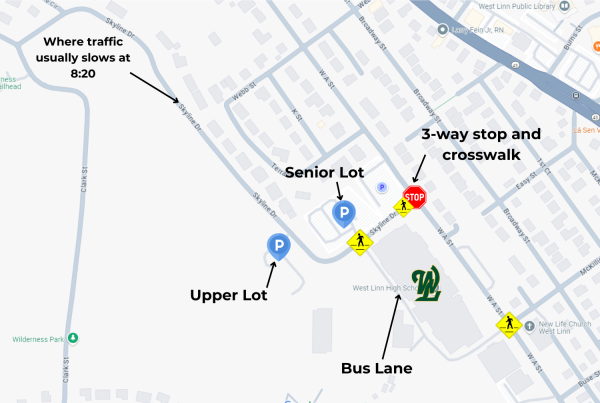
The traffic issue on Skyline Road begins with buses. This year, West Linn High School has 17 different bus routes, all arriving at the school around the same time each day.
Unfortunately, the short road behind the school cannot physically fit all 17 of these buses, so some of them have to leave to allow room for the buses behind them. This creates a backup, as buses must force their way onto the main road, stopping traffic. Compounding this issue is the fact that some of these buses must be at their first stop for middle schoolers as early as 8:37 a.m. So even more buses must exit the area behind the school before 8:30 at the latest, and the traffic slows to a standstill ten minutes before school starts. Most of these buses turn right out of the short area behind the school, towards the three-way stop sign where West A Street and Skyline Road meet. Traffic is stuck behind the buses, and cars coming down the hill must wait.
But, the bus issue is not the problem that is easiest to solve in this dilemma. Buses are physically and logistically unable to remain in their spots until all cars have passed. The other major obstacle causing traffic is students crossing at the senior lot.
Oregon law says that all cars must wait for pedestrians to clear both lanes before proceeding through a crosswalk (ORS 811.028). When students who park in the senior lot cross at different times and speeds, cars in both directions must wait several seconds until they can proceed. By that time, they’re lucky if they can move through the crosswalk before another group of students begins to make their way across and back traffic up even more.
From 8:25 a.m., when most seniors exit their cars to go to class, until 8:30 a.m., when even the stragglers have made it through, the line hardly moves. If your car hasn’t made it through the crosswalk before 8:25 a.m., it’s time to start figuring out an excuse for your first-period teacher because you will not make it to class within five minutes of the bell.
There are other smaller factors that play into the traffic situation: parents who turn into the senior lots while dropping off their kids, cars who stop in the middle of the road to drop students off, and distracted drivers who don’t always move with the line.
It’s been established that the severe traffic before school leads to tardies (source: my first-period attendance record). But, why does this matter?
A 2011 study of middle and high schools in Washington administered by Seattle University found that late arrivals to class not only negatively affect the student showing up late, who misses out on early announcements and instruction, but also the class as a whole. According to the study, “Instructional time lost to widespread tardiness is likely to significantly affect the capacity of the entire student population to meet rigorous academic standards.” Students who barge through the door five minutes after the bell cause a disruption in the flow of class, distracting on-time students and a teacher in the middle of morning announcements.
The good news is that the traffic problem does not have to be this bad forever. Some issues won’t be possible to address. The buses will have to leave no matter what, unless a new bus schedule for both the middle and high schools is implemented. But, there are solutions to alleviate congestion.
One suggestion is a crossing guard at the senior lot and West A/Skyline intersection crosswalks, allowing cars to pass and holding the traffic from both directions when students need to cross and buses need to leave. However, there is no guarantee that students, especially seniors, will listen to the guard. Also, it can leave students standing in unpleasant weather while they wait to cross. A pedestrian tunnel under the road would be amazing, but too far-fetched to ever happen.
The easiest way to reduce traffic— without adding any extra factors or spending extra money— is for everyone to do their part.
Parents, drop your kids off in the designated drop-off areas, and don’t clog the senior parking lots.
Students, use the crosswalks at the same time as other students, and allow some cars to pass between groups.
Buses, stay behind the school as long as you can. If everyone involved alters their routines, just slightly, I’m optimistic that the standstill traffic in the morning can be alleviated, even by just a couple minutes.
Or we could just leave for school earlier.


![Reaching out. Christopher Lesh, student at Central Catholic High School, serves ice cream during the event on March 2, 2025, at the Portland waterfront. Central Catholic was just one of the schools that sent student volunteers out to cook, prepare, dish, and serve food. Interact club’s co-president Rachel Gerber, junior, plated the food during the event. “I like how direct the contact is,” Gerber said. “You’re there [and] you’re just doing something good. It’s simple, it’s easy, you can feel good about it.”](https://wlhsnow.com/wp-content/uploads/2025/03/interact-1-edited-1200x744.jpg)

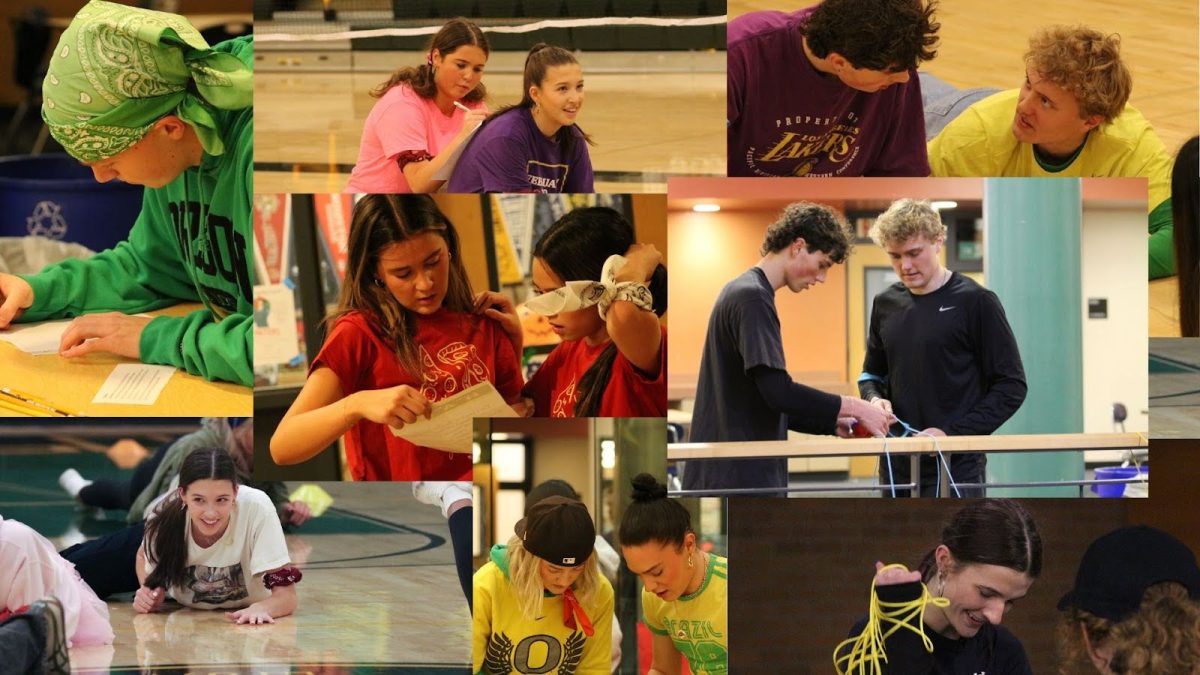

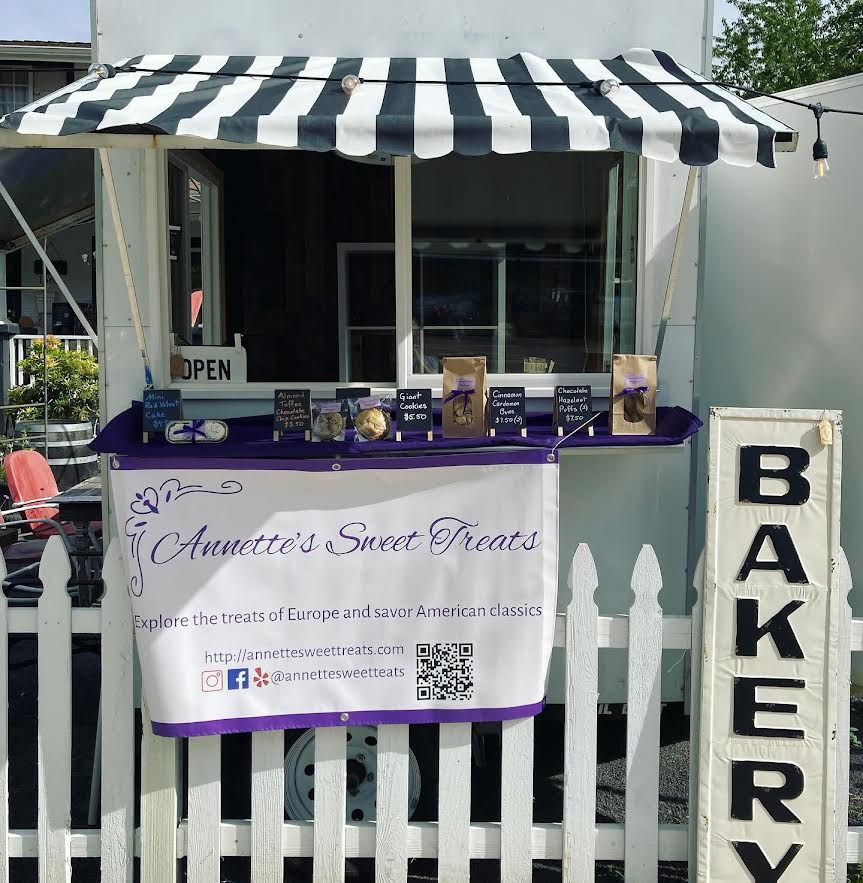






































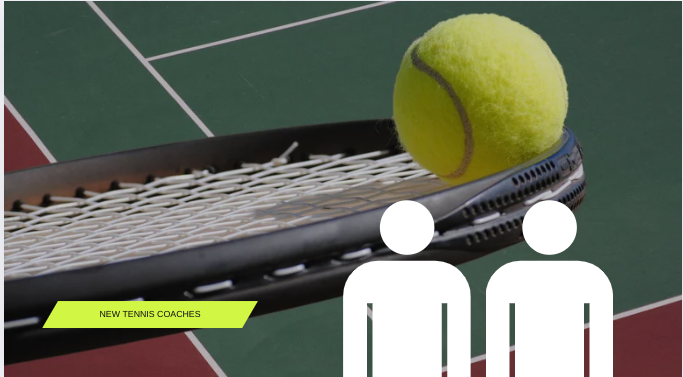
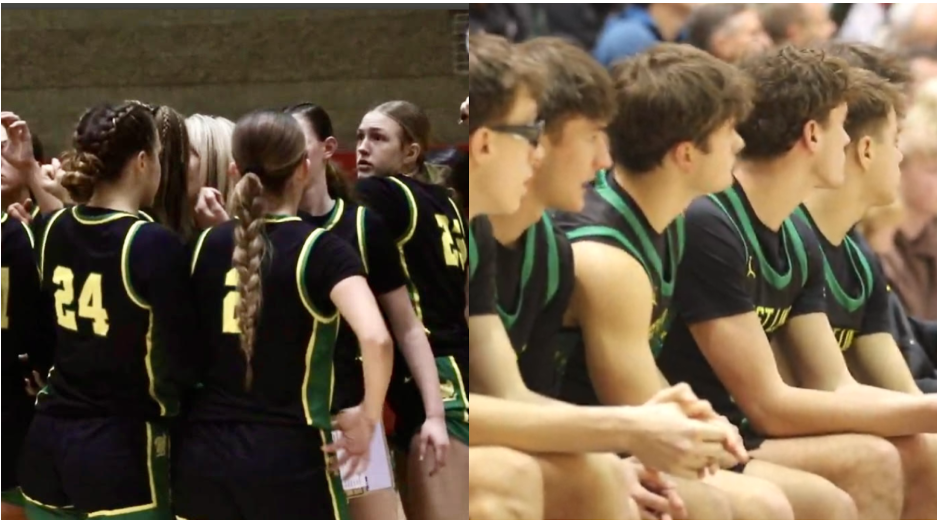


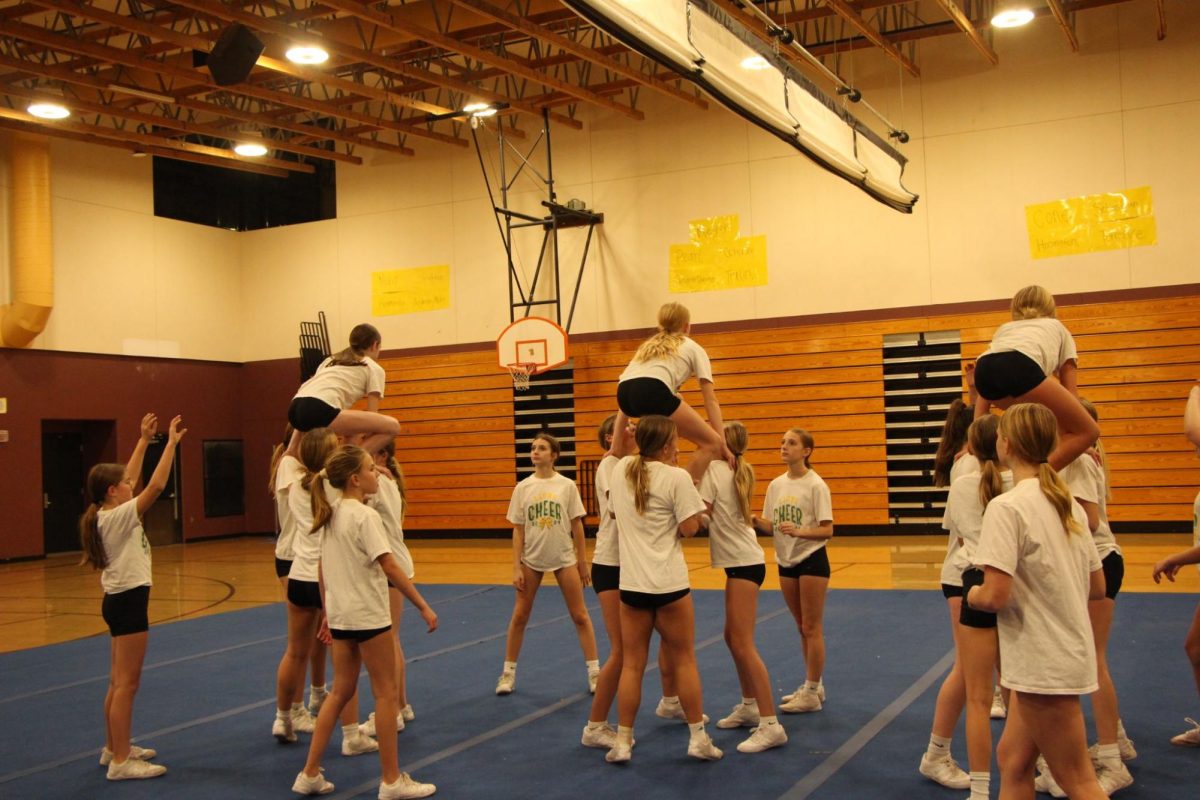
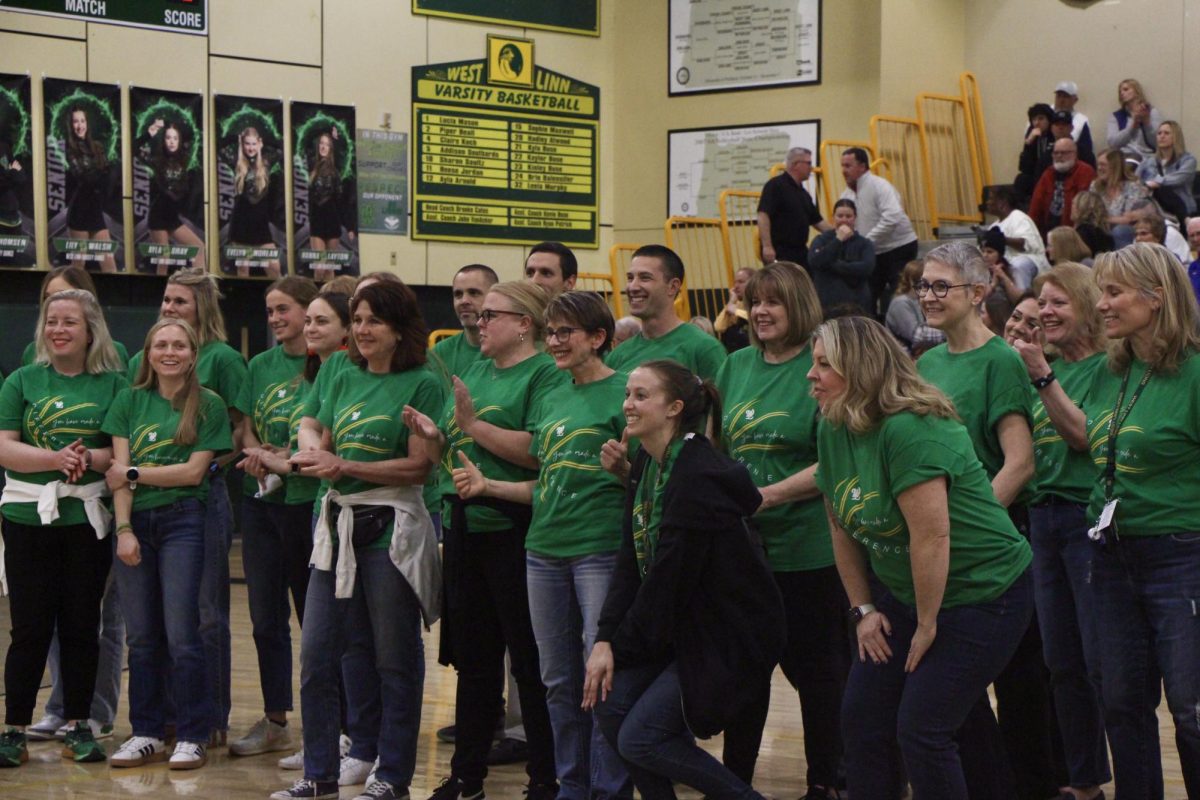








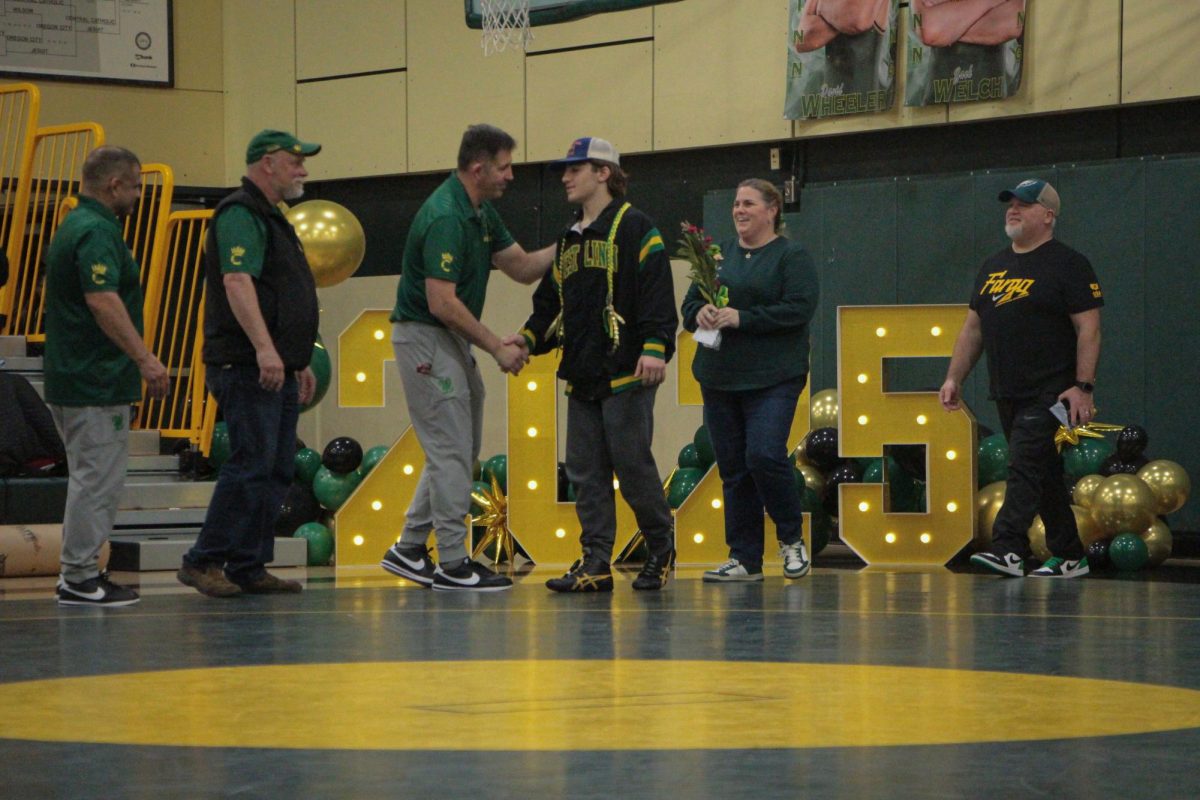




![At the bottom of the third inning, the Lions are still scoreless. Rowe stands at home plate, preparing to bat, while Vandenbrink stands off to the side as the next batter up. Despite having the bases loaded, the team was unable to score any runs. “It’s just the beginning of the season. We’re just going to be playing out best by June, [and] that’s where champions are,” Rowe said.](https://wlhsnow.com/wp-content/uploads/2024/03/IMG_3077-1200x900.jpg)


















































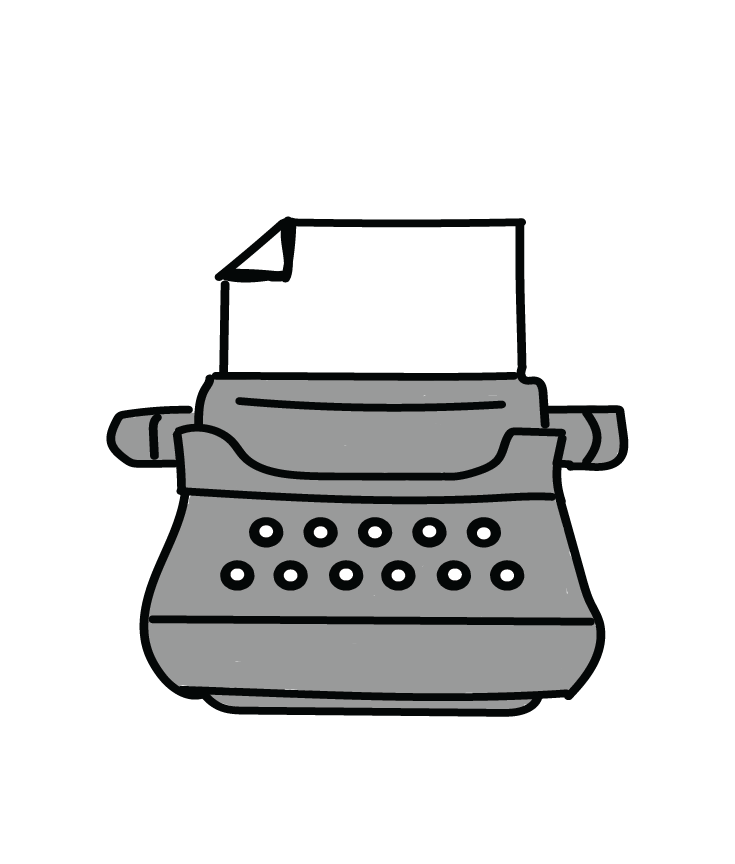

Zander
Oct 1, 2024 at 12:29 pm
Best article I’ve read.
John Reiner
Sep 20, 2024 at 12:23 pm
Best article of 2024
Garrett Arendt
Sep 20, 2024 at 12:21 pm
Heat